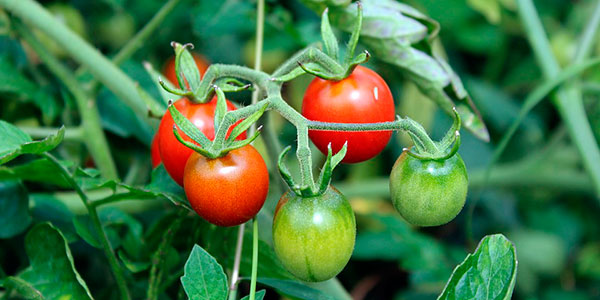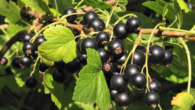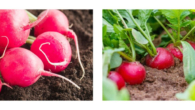
How many leaves to leave on tomatoes and how not to cut off the excess
0
An important procedure that many summer residents know about, but not everyone knows how to carry it out correctly to get the maximum effect. Without knowledge, you can harm the plants, and then the result will be disappointing.
Details
The agrotechnical measure is most often carried out on plants that grow in closed soil. In the beds, such a measure is not always justified.
The procedure boils down to the fact that in the middle or end of the growing season, summer residents cut off the lower leaves of tomatoes.
They do this to reduce the likelihood of the leaves coming into contact with bacteria, to prevent late blight. In addition, this is done to reduce the load on the bush and accelerate ripening.
Closer to the end of the growing season, they begin to cut off the leaves after the next bunch ripens. At the same time, they leave a leaf above the part that is “hung” with fruits. It is called “feeding” because it provides most of the photosynthesis and gives off nutrients.
The leaves are not cut off until the bunch reaches the size and weight that are characteristic of the variety.
Before ripening begins, the lower leaves (above the ripening bunch) are removed. The upper ones (above the tassel) are not touched.
Then, the lower leaves are situationally cut off after the next tassel ripens. However, they are not picked off all at once. This can significantly reduce the yield and ruin the plants. The maximum is cut off to the third tassel.
The leaves are not removed at once, but one at a time. At most two per week. At least 12 leaves should remain on the plant. At the peak of temperatures, about 14 leaves.









Leave a Reply